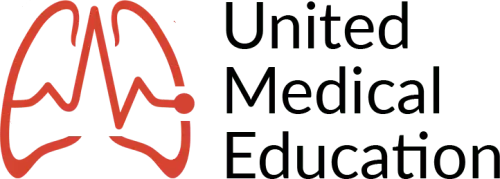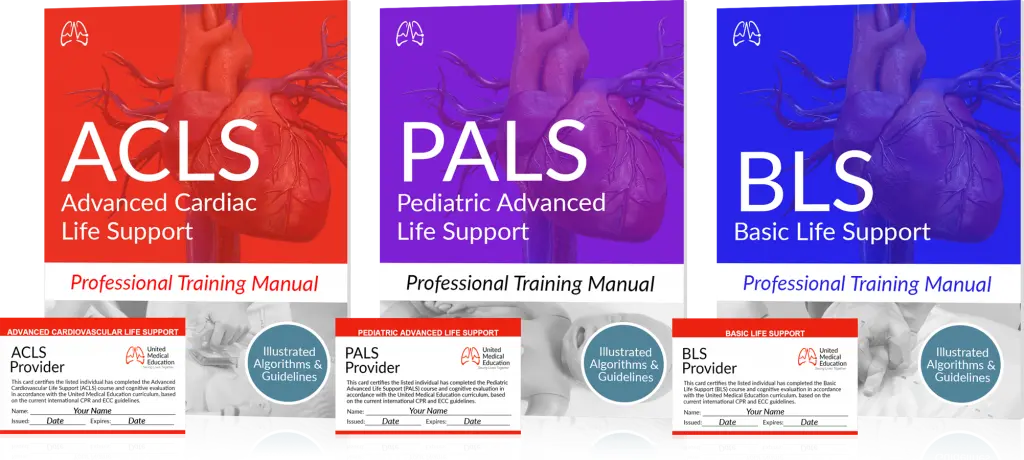Fact Sheet and Information
What does PPE stand for?
PPE is an acronym that stands for ‘personal protective equipment.’ PPE is specialized clothing or devices that provide a barrier from viruses, bacteria, pathogens, or other harmful contaminants. Its main purpose is to prevent the wearer from contacting or spreading external contaminants. PPE medical supplies include protective clothing, face masks, face shields, gloves, goggles, medical gowns, and other medical supplies.
What is the Need for PPE?
Infection control is a top priority in healthcare today. A combination of personal protection equipment (PPE) may be required when interacting with patients who carry communicable diseases.
Personal protection equipment is used to avoid the spread of infection from one person to another. Particularly, protection for patients who are at high-risk, such as having a compromised immune system, preexisting health conditions, or have recently had a surgical procedure.
Healthcare Settings Where PPE is Commonly Used
PPE is commonly used is several healthcare settings including hospitals, clinics, diagnostic centers, and labs. All medical staff, patients, and visitors must take proper precautions with regards to wearing PPE, depending on their needs and circumstances.
PPE and Isolation Precautions
PPE is required when treating and caring for patient’s that require isolation precautions. Patient’s are placed under isolation precautions when they carry an illness or infection that can easily spread to others. The medical workplace should have written instructions and training on PPE usage for their staff and visitors. It is best to speak with the facility’s supervisor to learn more about PPE and when its use is necessary.
Types of Transmission Based Precautions
The three types of transmission based precautions are airborne, droplet, and contact. The personal protective equipment used will depend on the illness’ mode of transmission.
Airborne Precautions:
Airborne precautions are required to prevent infections caused by fine particles suspended in the air. Common examples of these include viruses and other microorganisms such as tuberculosis, measles, and SARS.
Droplet Precautions:
Droplet precautions are used when the mode of transmission is through water particles that briefly pass through the air or stay active when landing on a surface, such as when a person sneezes. Proper PPE for droplet precautions include wearing a procedural mask within 3 to 6 feet of persons suspected to be contagious. Example contagions include meningococcal disease, influenza, and pertussis.
Contact Precautions:
Contact precaution are used to prevent diseases spread by both direct and indirect contact. Examples of these includes rotavirus and norovirus. Contact isolation PPE is used when there is a high risk of contracting the contagion when touching an infected patient or the items and equipment with which they’ve had contact. Most sexually transmitted diseases are through contact (ie: sexual contact) such as human papillomavirus (HPV), herpes, and syphilis.
Implementing PPE Materials and Training For Healthcare Staff
Employers are responsible for providing PPE to their employees, and to take proper precautions in protecting them from the health risks associated with their assigned tasks.
When PPE is to be used, PPE protocols and training must be implemented by the employers to address infectious hazards, proper selection, use, and maintenance of PPE, and to ensure its ongoing effectiveness.
It is the employer’s responsibility to provide PPE training for their staff on each of the following:
- PPE medical abbreviation, definition, and types.
- When it is required.
- What PPE is required for specific hazards.
- Instruct on the limitations of PPE.
- Instruct how to don, adjust, and doff PPE properly.
- How to maintain and care for the equipment.
The first step in developing a comprehensive PPE training program is to analyze the general experience and education of the workers being addressed. After which, the program can be designed an modified as needed to ensure the highest level of understanding and compliance.





